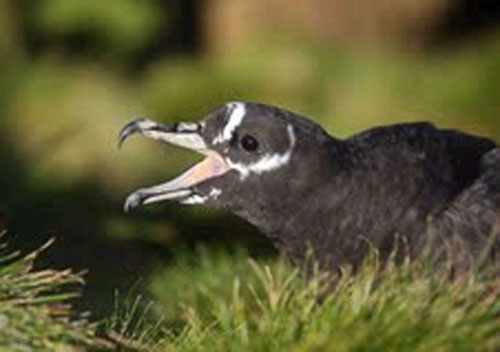ACAP and World Wetlands Day: giving the albatross mires and sea cliffs an international status
World Wetlands Day, inaugurated in 1997, falls on 2 February each year. This is the date in 1971 when the Convention on Wetlands was inaugurated in Ramsar, Iran. This year's theme is Wetlands, Biodiversity and Climate Change, with the slogan "Caring for wetlands: an answer to climate change" (click here).
The Ramsar Convention on Wetlands is responsible for registering wetlands of international importance. Several of these wetlands, which have a definition broad enough within the convention to include mires and sea cliffs, are to be found at islands and island groups in the Southern Ocean.
A list of such sites is available on the ACAP web site (click here). Ramsar sites which contain breeding ACAP species may be found in the southern Indian Ocean (Amsterdam, Iles Crozet, Kerguelen, Prince Edward Islands and St Paul) and in the South Atlantic (Gough, Inaccessible and Sea Lion Islands). Further, Australia is currently working towards registering Heard & McDonald and Macquarie with the Ramsar Convention.

See earlier news stories at:
and
John Cooper, ACAP Information Officer, 1 February 2010

 Français
Français  English
English  Español
Español